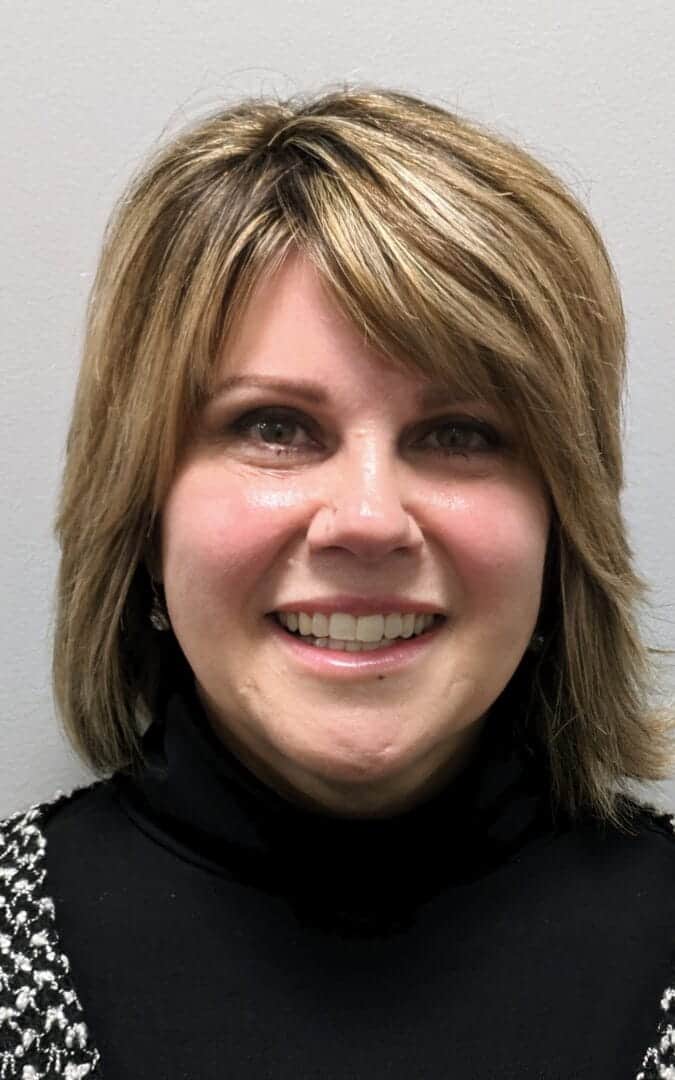
Table of Contents
Key Takeaways
- A dual diagnosis facility addresses both substance use and co-occurring mental health conditions.
- Depression and chronic pain often fuel opioid cravings, creating a cycle that’s hard to break without integrated care.
- Specialized programs target the interplay of addiction, depression, and physical pain simultaneously.
- Treatments may include therapy, medication, and holistic approaches tailored to each patient.
- Seeking professional support at a trusted recovery center can improve long-term outcomes.
Introduction
Addiction doesn’t exist in isolation. For many, opioid misuse is tightly linked to depression and chronic pain. Treating only the substance use issue often overlooks underlying conditions that drive relapse. That’s where a dual diagnosis facility plays a vital role, addressing both mental health struggles and substance use disorder together.
By understanding how these three factors, depression, pain, and opioid cravings, interact, patients and their families can better appreciate why comprehensive treatment is essential for lasting recovery.
What Is a Dual Diagnosis Facility?

A dual diagnosis facility is designed to treat individuals who face both a substance use disorder and a mental health disorder. According to the National Institute on Drug Abuse, nearly half of those with substance use disorders also have a co-occurring mental health condition.
Specialized programs combine addiction treatment with mental health support, ensuring that underlying conditions such as depression or anxiety don’t go untreated while focusing on substance recovery.
How Are Depression and Opioid Use Connected?
The link between depression and opioid misuse is well-documented. A 2018 study found that individuals with depression are at a higher risk of long-term opioid use and subsequent addiction.
Depression can intensify physical pain and heighten cravings, while opioid misuse can worsen mood regulation and emotional well-being. This creates a dangerous cycle: patients use opioids to relieve emotional pain, but the substance itself deepens depressive symptoms over time.
A dual diagnosis facility addresses both sides of this equation, providing therapy for mood management alongside interventions to reduce reliance on opioids.
Why Does Chronic Pain Increase the Risk of Addiction?

Chronic pain is one of the leading reasons opioids are prescribed, yet long-term use often leads to dependence. For those already struggling with depression or anxiety, pain can be both a physical and emotional burden.
Research such as the 2024 registry-linkage study in Czechia and Norway highlights how co-occurring conditions complicate recovery. Patients dealing with pain, mood disorders, and opioid cravings simultaneously require treatment plans that address all three factors.
Opioid treatment programs incorporate pain management strategies alongside addiction therapies. This dual approach reduces cravings while teaching healthier coping mechanisms for pain.
How Does a Dual Diagnosis Facility Address All Three Issues?
A comprehensive care model is essential. Facilities use a range of evidence-based practices, including:
- Medication-Assisted Treatment (MAT): Helps manage cravings and withdrawal symptoms safely.
- Cognitive and Behavioral Therapies: Patients learn how to manage depression and pain triggers without resorting to opioids.
- Integrated Care Teams: Psychiatrists, therapists, and addiction specialists collaborate to address all aspects of a patient’s health.
- Holistic Approaches: Mindfulness, exercise, and nutrition are used to improve mood and reduce pain sensitivity.
By targeting depression, pain, and cravings simultaneously, dual diagnosis care reduces relapse risk and enhances overall quality of life.
Why Is Early Intervention So Important?
The more prolonged depression, pain, and addiction remain untreated, the more entrenched they become. Early diagnosis allows treatment teams to break the cycle before it worsens. According to the NCBI research report on comorbidities, untreated co-occurring conditions often lead to higher relapse rates and poorer treatment outcomes.
Early support also provides patients with tools to manage pain and depression proactively, reducing reliance on opioids over the long term.
How Can Families Support a Loved One?
Family involvement is crucial for lasting recovery. Families can:
- Encourage open communication about pain and emotional struggles.
- Support treatment attendance and healthy lifestyle changes.
- Learn about dual diagnosis through resources and educational programs.
- Participate in family therapy to strengthen relationships.
For families seeking to understand more, the video Healing Two-fold: Triumph Over Dual Diagnosis offers insight into how integrated care changes lives.
Conclusion
Breaking free from the intertwined struggles of depression, pain, and opioid cravings requires more than surface-level care. A dual diagnosis facility offers the integrated treatment necessary to address all three challenges simultaneously, paving the way for a sustainable recovery.
If you or someone you love is struggling, Virtue Recovery Center is here to help. Call 866-461-3339 to connect with compassionate professionals who understand the complexity of dual diagnosis care.
FAQs
What makes a dual diagnosis facility different?
It treats both substance use disorders and co-occurring mental health conditions simultaneously, improving long-term recovery outcomes.
How do depression and opioids influence each other?
Depression increases the likelihood of opioid misuse, and opioid misuse can worsen depression, creating a cycle that requires dual treatment.
Can chronic pain be managed without opioids?
Yes, many non-opioid approaches, including therapy, holistic care, and lifestyle changes, can reduce pain and cravings safely.
Why is relapse more common without dual diagnosis care?
If depression or pain remains untreated, cravings are more likely to return, leading to a higher chance of relapse.
How can families help in recovery?
Families can support consistent treatment, encourage healthier coping skills, and participate in therapy programs to strengthen recovery efforts.
Resources
- Common Comorbidities with Substance Use Disorders Research Report, 2020, https://www.ncbi.nlm.nih.gov/books/NBK571451/
- Exploring dual diagnosis in opioid agonist treatment patients: a registry-linkage study in Czechia and Norway, 2024, https://pmc.ncbi.nlm.nih.gov/articles/PMC11092244/
- Depression Effects on Long-term Prescription Opioid Use, Abuse, and Addiction, 2018, https://pubmed.ncbi.nlm.nih.gov/29505419/
Are You Covered For Treatment?
At Virtue Recovery Center, we understand the importance of accessible care. That’s why we’re in-network with numerous private insurance companies, ensuring that your journey to recovery is supported from the start. Let us help you quickly and easily verify your insurance coverage. Begin your path to healing today.
- About the Author
- Latest Posts
Gigi Price( Clinical Director )
Gigi Price holds licenses as a Master Social Worker and Clinical Drug Counselor. She completed her master’s degree in Social Work at Texas State University. Over the last decade, Gigi has been dedicated to utilizing evidence-based practices to enhance patient care and treatment planning, resulting in positive, long-term outcomes for patients and their families. Her passion lies in creating a treatment environment where professionals collaborate to bring about positive change and provide a safe, trustworthy therapeutic experience. Patients can be confident in receiving top-quality care under her leadership.
In her role as the Clinical Director of Virtue Recovery Houston, Gigi conducted research to identify the most effective approaches for treating patients with acute mental health diagnoses, PTSD, and Substance Use Disorder. She then assembled a team of skilled clinicians who could offer various therapeutic modalities, such as Cognitive Behavioral Therapy (CBT), Dialectical Behavioral Therapy (DBT), Acceptance and Commitment Therapy (ACT), Somatic Exposure, Eye Movement Desensitization and Reprocessing (EMDR), and Cognitive Processing Therapy (CPT). Gigi takes pride in overseeing the development and implementation of Virtue Houston’s Treatment Program, which includes two specialized therapeutic curricula tailored to the unique needs of individuals struggling with mental health issues, addiction, and PTSD.
Key Takeaways Regular exercise reduces cravings and withdrawal symptoms. Physical …
Key Takeaways Veterans Day began as Armistice Day in 1918 …
Key Takeaways Proper nutrition plays a vital role in addiction …
Key Takeaways Long-term sobriety is achievable with evidence-based addiction treatment …
Key Takeaways Mindfulness and meditation improve focus, emotional balance, and …
Key Takeaways Family involvement greatly improves the success of addiction …


























